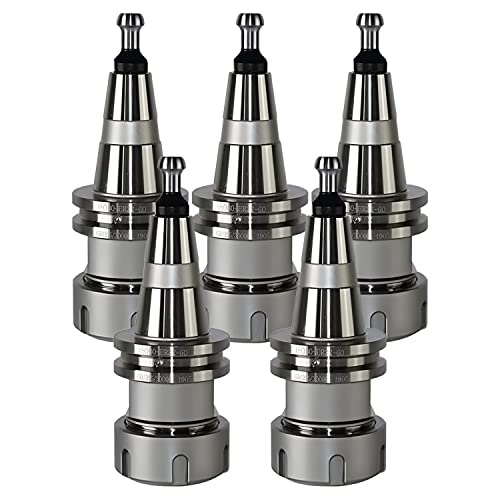dnalot
Project of the Month Winner !!!
Having recently completed a Clayton Steam Wagon I decided I like big projects that take some time to complete. While building the Clayton I acquired the original book on the Minnie designed by Leonard C. Mason in 1969 in 1 scale. And a set of drawings in metric by Arthur Droves. The metric drawings were very helpful in that they were very detailed and had exploded views of the parts.
I decided on the scale based on the limits of my machines and a piece of 4.5 copper tube I had in stock. With an expected weight of 90 pounds its also the largest I can lift.
Step one, draw all the parts to the new scale using Draftsight. So that took a while but I now fully understand the plan. As I made my drawings I acquired most of the materials I would be needing for the Minnie.
The first thing I did was build a fixture to hold the boiler and a rotating platform for it to sit on. The fixture will come in handy for holding the engine during assembly but first it will be used to mount the boiler to the mill for a lot of drilling.
The boiler is the biggest expense and probably the most difficult part of the build so thats where I will start. Its not easy to heat up 30 pounds of copper to 1180 degrees for silver soldering. I love pounding on copper. It is amazing how easily it forms and how close to the final shape & fit you can get by hand. Everything else about copper sucks.
I am planning on an operating pressure of 80 Lbs so I tested the boiler at 200 PSI. I would like to say I had no leaks but you know that never happens. I had a few and fixed them before moving on to the next step.
Overall length 15.5 width 4.75 height 8.25 Weight 30 pounds. Material; Copper
Well its a start.
Mark T









I decided on the scale based on the limits of my machines and a piece of 4.5 copper tube I had in stock. With an expected weight of 90 pounds its also the largest I can lift.
Step one, draw all the parts to the new scale using Draftsight. So that took a while but I now fully understand the plan. As I made my drawings I acquired most of the materials I would be needing for the Minnie.
The first thing I did was build a fixture to hold the boiler and a rotating platform for it to sit on. The fixture will come in handy for holding the engine during assembly but first it will be used to mount the boiler to the mill for a lot of drilling.
The boiler is the biggest expense and probably the most difficult part of the build so thats where I will start. Its not easy to heat up 30 pounds of copper to 1180 degrees for silver soldering. I love pounding on copper. It is amazing how easily it forms and how close to the final shape & fit you can get by hand. Everything else about copper sucks.
I am planning on an operating pressure of 80 Lbs so I tested the boiler at 200 PSI. I would like to say I had no leaks but you know that never happens. I had a few and fixed them before moving on to the next step.
Overall length 15.5 width 4.75 height 8.25 Weight 30 pounds. Material; Copper
Well its a start.
Mark T




































































![DreamPlan Home Design and Landscaping Software Free for Windows [PC Download]](https://m.media-amazon.com/images/I/51kvZH2dVLL._SL500_.jpg)

![TurboCAD 2020 Designer [PC Download]](https://m.media-amazon.com/images/I/51UKfAHH1LL._SL500_.jpg)






















